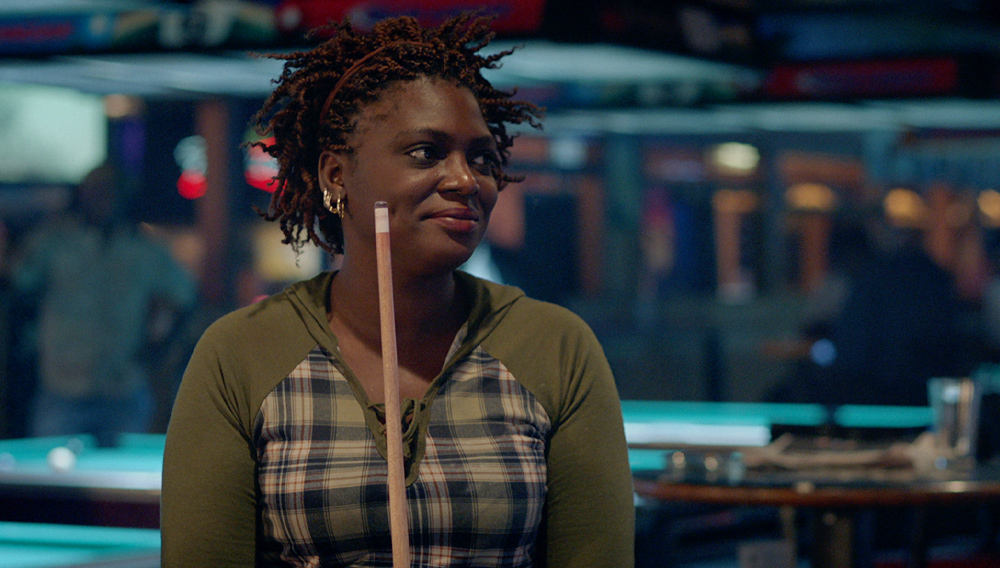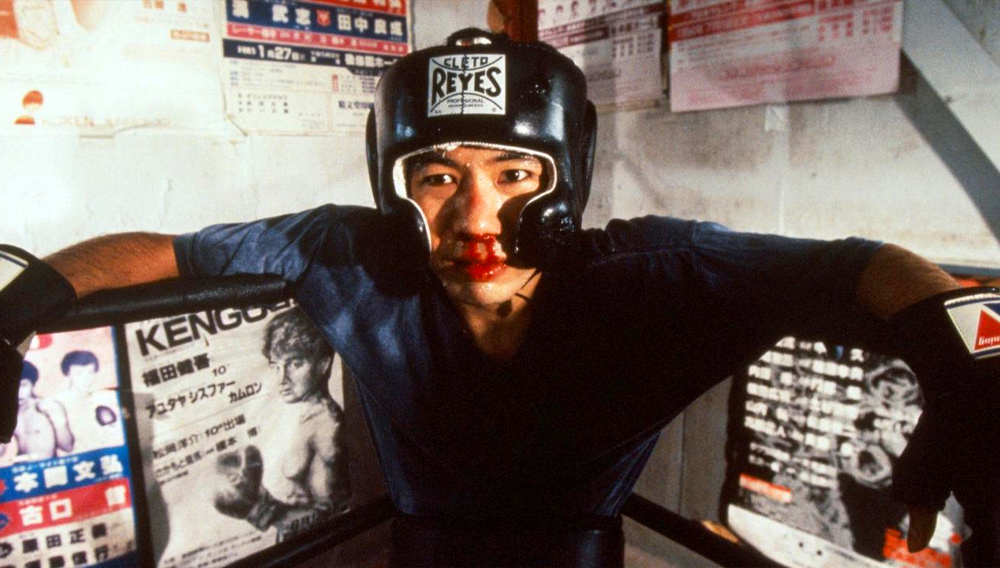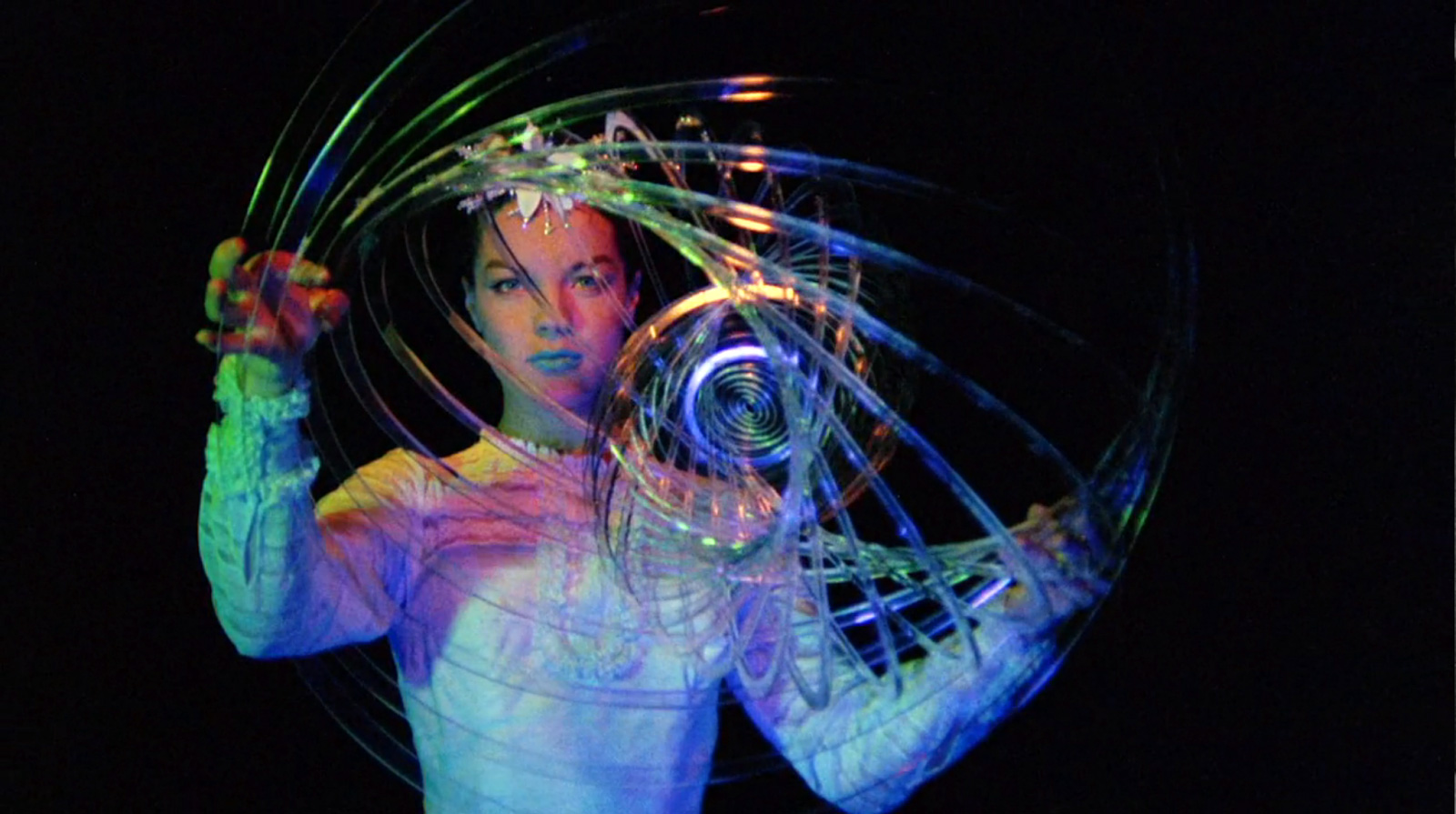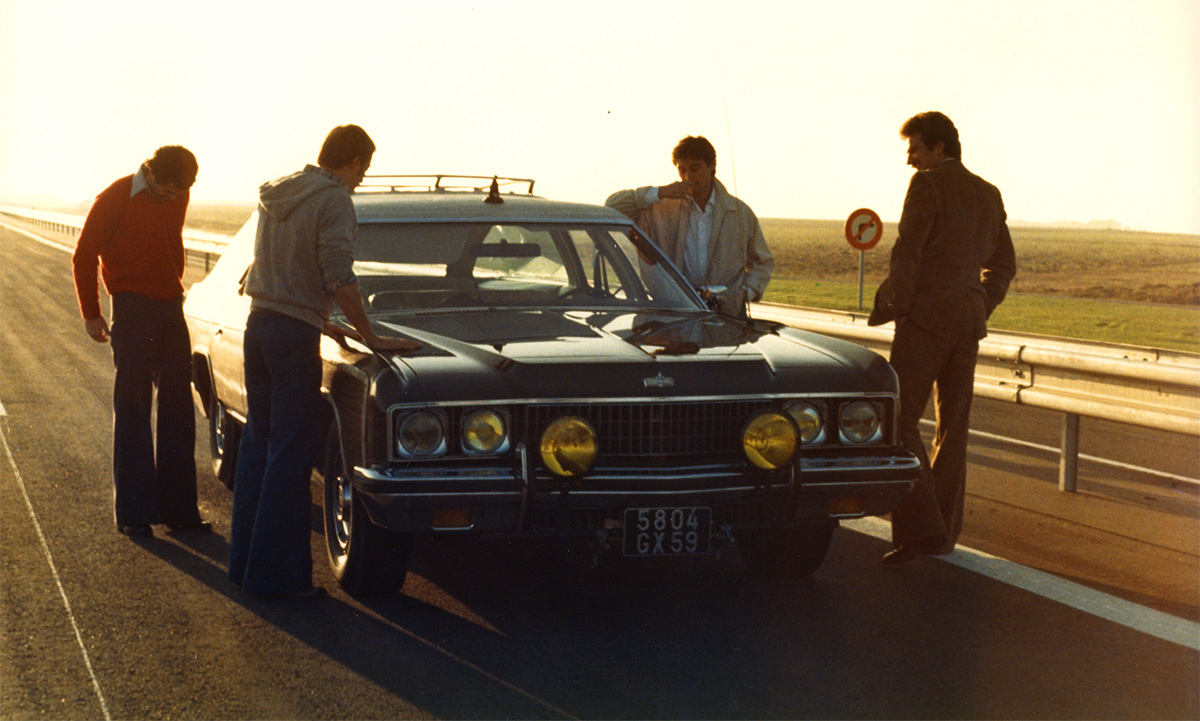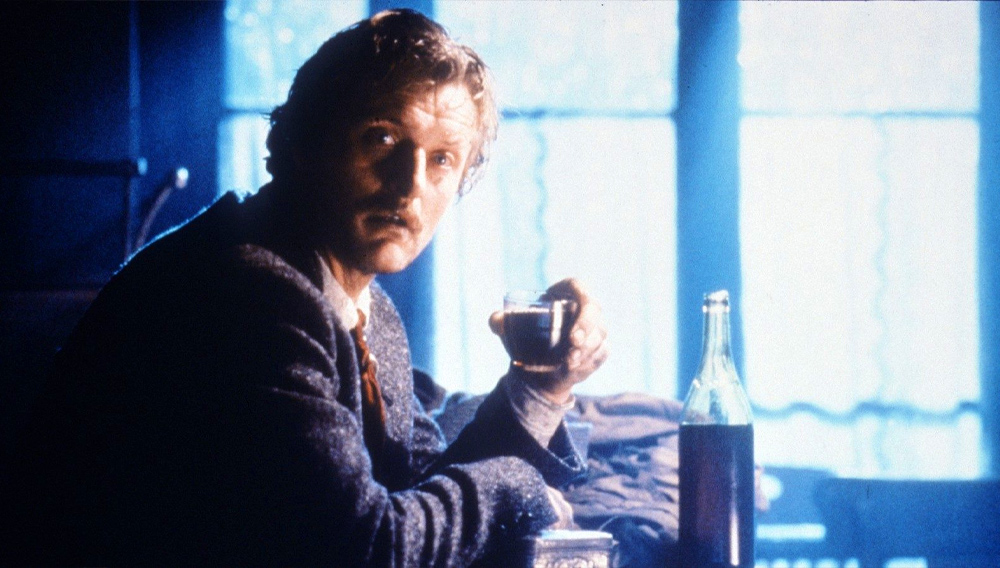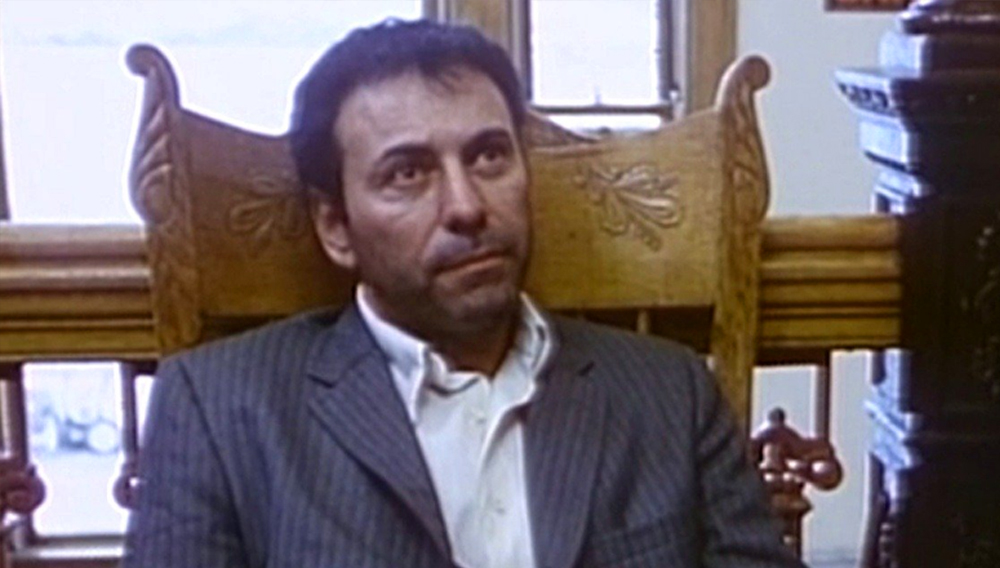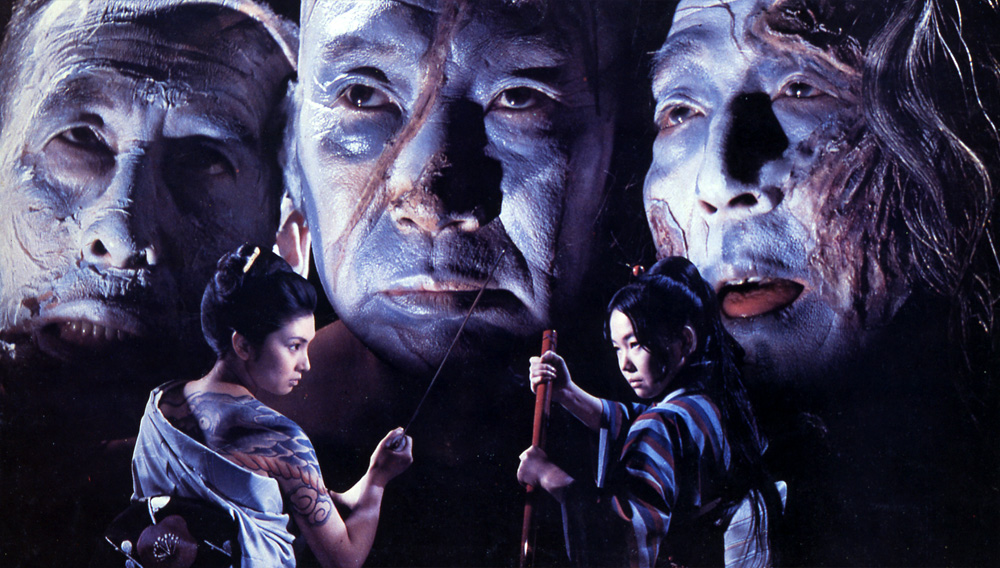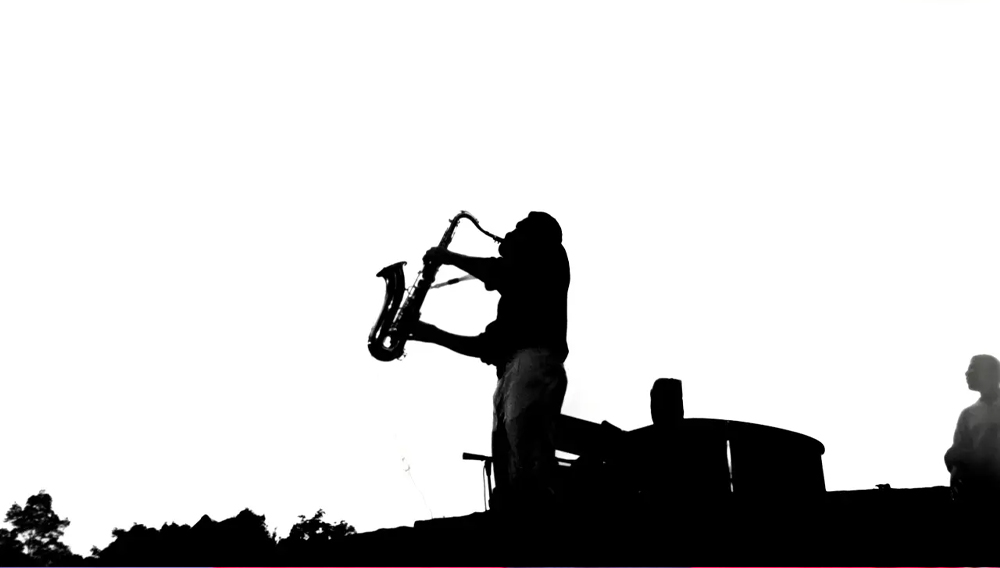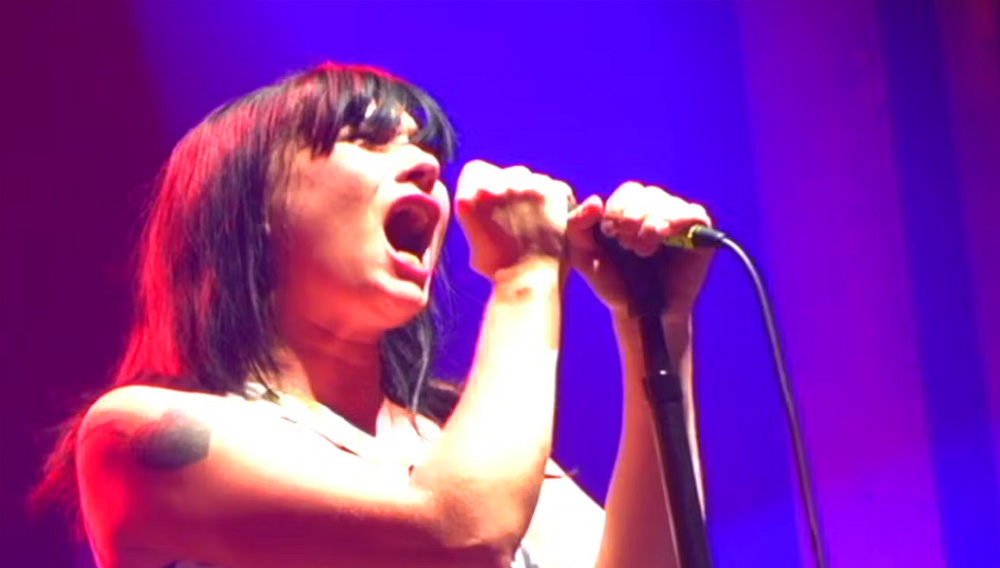
In 2005, the H.P. Lovecraft Historical Society released The Call of Cthulhu, the first film truly faithful to both the spirit and the letter of the famous fantasy/horror writer. The famed story is brought richly to life in the style of a classic 1920s silent movie, with a haunting original symphonic score. Using the “Mythoscope” process — a mix of modern and vintage techniques, the HPLHS worked to create the most authentic and faithful screen adaptation of a Lovecraft story yet attempted.
The Call of Cthulhu is H.P. Lovecraft’s most famous story. In the story, a dying professor leaves his great-nephew a collection of documents pertaining to the Cthulhu Cult. The nephew begins to learn why the study of the cult so fascinated his grandfather. Bit by bit he begins piecing together the dread implications of his grandfather’s inquiries, and soon he takes on investigating the Cthulhu cult as a crusade of his own. As he pieces together the dreadful and disturbing reality of the situation, his own sanity begins to crumble. In the end, he passes the torch to his psychiatrist, who in turn hears Cthulhu’s call.
Sean Branney, who with Andrew Leman co-directed The Call of Cthulhu, gave a series of interviews around the film’s release, discussing his background with H.P. Lovecraft, the aesthetic choices involved in translating Lovecraft’s fiction to the screen, and the difficulties of making a modern day vintage silent movie.
Cinema Strikes Back correspondent David Austin conducted this interview with screenwriter and producer Sean Branney about the making of the film, the difficulties of shooting Lovecraft, and future projects.
What is the H.P. Lovecraft Historical Society? What’s your mission, how were you founded, and who are the members?
Back in the 1980s we used to play Chaosium’s Call of Cthulhu role playing game. After a while we got the idea to try staging a live version of a game, using props and real locations. The game was a huge success that led us and our friends to put on more of them. After a while we formed the HPLHS to chronicle what we were doing; we even published a small fanzine called Strange Eons for a few years. Nowadays, we’re a web based organization. We don’t have a formal membership anymore, but we have hundreds of visitors to our site every day.
How did you fund the film, how long did it take to complete, and where did you shoot it?
We paid for the movie out of sales of our t-shirts and things from our website. We spent around $50,000 on it. Most of it was shot in and around Los Angeles. We traveled to Providence, RI to shoot one short sequence. From start to finish it took around 18 months. We shot for about 13 months.Why did you make it black and white, and a silent film? Did you plan to do it that from the beginning?
Yes. We thought there were many advantages to shooting as a silent film. Chief among them was that a silent film wouldn’t need to clutter HPL’s story with dialogue and chit-chat. There’s virtually no dialogue in the original and we didn’t want to add it in.

Why choose The Call of Cthulhu to film? It’s not an easy one! Was it your first film effort?
It’s very seminal to Lovecraft’s body of writing, it’s one of the more cinematic Lovecraft stories and it’s never been adapted to the screen before. It seemed like a good challenge. We’d made a couple of other short films, but nothing approaching this scale and complexity.
Lovecraft — in the purest sense anyway — hasn’t fared all that well on film in the past. Re-Animator is a deserved classic, of course, but not overly Lovecraftian in feel. There are others — such as Die, Monster, Die, the 1970s The Dunwich Horror and the deceptively titled Edgar Allen Poe’s The Haunted Palace — that I enjoy as films, but again aren’t very faithful to their source material. Stuart Gordon’s more recent Dagon got fairly close, I thought, though not based on a single work. Carpenter’s In the Mouth of Madness was very Lovecraftian, but not based on a Lovecraft story. Your film is probably the closest thing to an accurate translation of a Lovecraft story to film. What are your thoughts on Lovecraft in the cinema? Why is Lovecraft so hard to capture on film?
HPL is a very literary writer. He writes about ideas and atmosphere more than characters and plot. Some of the adaptations haven’t succeeded because they’ve remained so close to the source material that they don’t satisfy us dramatically in the way we’ve come to expect from movies. Others overcompensate by bringing so many of the trappings of Hollywood that they leave HPL and what made the story good out of the picture.

This film has some very elaborate sets and scenes. How long was the pre-production?
We did things a little different than the traditional filmmaking model. The overall shooting window was almost 18 months. It took so long because we would build a set (say a miniature swamp). That would take 6 weeks. We’d shoot on the set for 2 days, then tear it down and make something else. We didn’t have the resources (or the raw space) to build everything at once. Some of the sets such as the full-sized R’lyeh and the full sized swamp were very, very big.
What made you turn to stop-motion to capture the look and feel of Cthulhu?
How long did that process take?Whenever it was feasible, we wanted to shoot the movie the way it would have been shot in the 1920s. We didn’t want some CG monster in an old-fashioned movie, so we knew we wanted Cthulhu himself to be stop-motion. Stop motion is very slow, particularly with a puppet with a lot of moving parts like Cthulhu. He had nearly 100 articulated joints, and that’s not counting his tentacles, dream organs or gills. The few seconds of him we see is probably about 4 long days of shooting.
What were the challenges of making a film in black and white, with no spoken dialogue, and atop all that, during a very specific period (the 1920’s)?
Um, there were lots. By making it period, that required very specific costuming and scenic design. It required very specific props. Lots of research. In general, black and white was helpful to production because color was mostly irrelevant, it was all about lighting for contrast. The silent aspect was useful because it didn’t matter if a plane flew by in the middle of a take. Actors didn’t have to memorize their lines perfectly and the director could actually give direction to the actors during a shot.
Read the full interviews by Cinema Strikes Back, Robert Hood and Jackass Critics.





